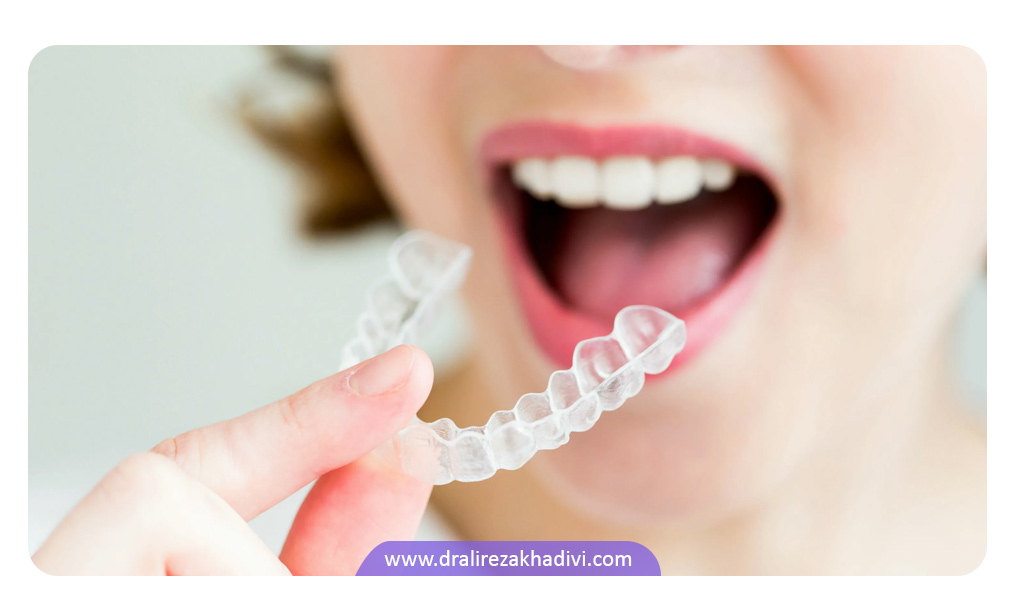Exploring the Latest Materials in Transparent Aligners
페이지 정보

본문

The world of orthodontics has seen remarkable innovation in recent years, especially when it comes to clear aligners. These discreet, removable devices have become a popular alternative to traditional metal braces, and much of their success lies in the advanced materials used to make them. Today’s transparent aligners are no longer just thin plastic trays—they are precision-engineered using cutting-edge polymers designed for optimal wearability, long-term strength, ارتودنسی_شفاف and precise movement.
One of the most significant advancements is the use of composite polymer laminates. Unlike early aligners made from a single layer of plastic, modern versions combine multiple layers with different properties that serve distinct functions. For instance, some aligners feature a pliable cushioning core for maximum comfort, while the rigid exterior shell delivers targeted force. This dual or even triple layer design allows for optimized pressure mapping and more predictable dental shifts.
Another breakthrough is the development of adaptive shape-memory polymers. These materials are engineered to respond to body temperature, becoming temporarily pliable during use and then rebounding to preset contours. This temperature-activated adaptability helps maintain consistent corrective pressure without requiring manual refinements. Some brands have even incorporated self-recovery algorithms into their materials, allowing the aligners to revert precisely to design geometry even after being worn intermittently.
Manufacturers are also focusing on enhancing near-invisibility. New formulations use ultra-clear engineered resins that minimize yellowing and cloudiness over time. This means aligners stay virtually invisible throughout treatment even after continuous 24. In addition, nanocoatings have been introduced to prevent biofilm formation and make oral hygiene more efficient, contributing to better oral hygiene.
Biocompatibility has also improved. Today’s aligner materials are clinically validated to ensure they are compliant with ISO 10993 safety standards. This is especially important for continuous 20–22 hour per day application, as patients often wear aligners for the vast majority of waking and sleeping hours. The materials are now designed to be non-reactive to oral mucosa, reducing inflammation and encouraging consistent use.
Finally, advances in manufacturing techniques such as CAM precision manufacturing have allowed for tighter tolerances and greater consistency. Each aligner is produced with micron-level accuracy, ensuring that the material conforms perfectly to the patient’s unique dental structure. This precision not only improves treatment outcomes but also minimizes remakes and delays.
As research continues, we can expect even more innovations—such as materials that integrate disinfecting compounds or incorporate sensors to monitor wear time. The future of transparent aligners is not just about being invisible; it’s about becoming intelligent, biocompatible, and adaptive through the advanced biomaterial engineering.
- 이전글Breaking Down the Price of Invisible Braces 25.10.08
- 다음글How to Judge Aligner Treatment Success 25.10.08
댓글목록
등록된 댓글이 없습니다.

